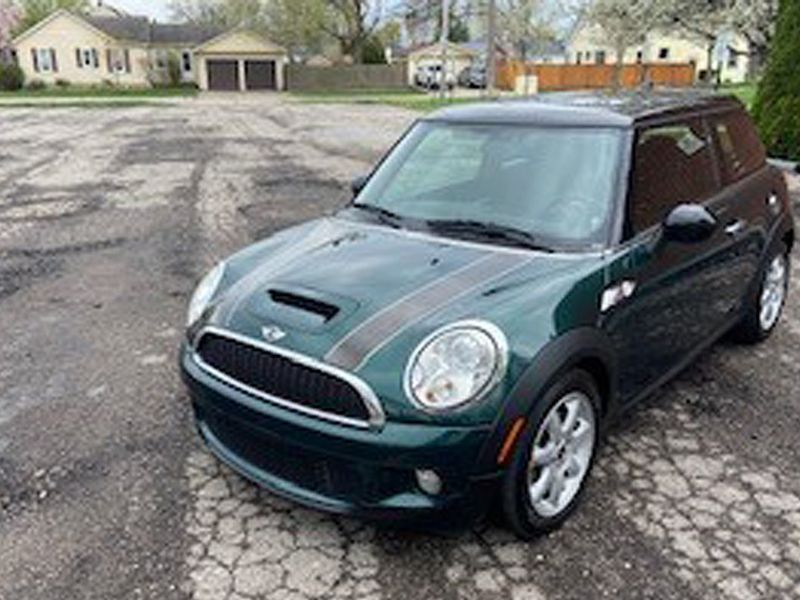
These are unprecedented times for used cars. Almost anything that runs, drives and has brakes, regardless of year, make or model, is a valuable commodity in these days of chip shortages and low new-vehicle inventories.
In June 2018, it wasn’t that way.
That month, I paid top dollar — $10,000 cash — for a 2010 Mini Cooper S, an off-lease car with just 16,700 miles under its wheels. I found the Mini on Cars.com and bought it over the Internet. Three days later, it was deposited in my driveway.
This week, I deposited the Mini — now with 39,433 miles — in the driveway of its new owner, one town over. He paid me $10,000 cash, which is full retail and then some, based on the ads I scanned on Edmunds, Cars.com, Autotrader and elsewhere.
I never imagined I could drive a car for almost three years and sell it for what I paid for it. Welcome to 2021.
Carvana would have bought the Mini from me for $8,004, according to the company’s website valuation program. But I felt I could do better. I did, and it wasn’t hard.
In my care, the Mini had the minor cosmetic issues it arrived with fixed — the broken sun visors and gas cap tether and faded badges. In the last couple of years, it also had a leaky thermostat housing replaced and a new timing chain tensioner installed at a Mini dealership, which guaranteed the repairs for three years. I did a brake job myself. And I always changed the oil every 3,000 miles and kept all the receipts to prove it.
Before I placed two ads, one on Craigslist and one on Facebook Marketplace, I had a new windshield installed for $208, and I took the car in for a professional cleaning and detailing inside and out. That cost another $300, but it let me advertise a no-excuses, low-mileage, well-equipped car that needed nothing. The first person who showed up and test drove it bought it.
But it took longer than I thought. The ad went live April 13, and the transaction took place six days later.
I fully expected the Mini would sell through Facebook Marketplace, which has essentially replaced Craigslist as the 800-pound gorilla of free ads. Except that you don’t get much for free in the Facebook ad, just limited exposure. That is unless you pay to “boost” the number of eyeballs that can see your ad. I anted up $20 for maximum exposure. And just one person clicked on the automated “Is this still available” button — and never responded when I said the car was not yet sold.
Facebook provides you with daily stat report on how your ad is doing. Just 214 people clicked on my ad. Disappointing.
I did put a link to my ad on my colleague Larry P. Vellequette’s Facebook page on a post he wrote about used-car values. A car dealer friend of his asked for my car’s VIN, then told me the Mini wasn’t worth what I was asking.
Craigslist now charges $5 per car ad. I got four responses; all seemed genuine. Randy, a former Mini owner who bought my car, told me he had seen his share of overpriced, worn-out junk and was looking for a Mini like mine that was not rusty or needy and with low miles.
This is a great time to be selling a clean, low-mileage used car, but not so good for those looking to buy one. These kinds of cars are thin on the ground. And my Mini proves they will bring strong money if presented properly.